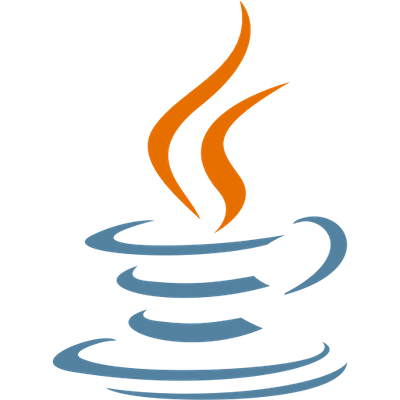Ayvens is a global leader in sustainable mobility, formed from the acquisition of Leaseplan by ALD Automotive. Leaseplan was founded in 1963 in Amsterdam and, until the acquisition, had 6,500 employees active in 28 countries; ALD Automotive was founded in 1968 in Paris as a part of the Société Générale Group. Ayvens aims to become the global market leader in sustainable mobility. The company buys, finances, and manages new vehicles for customers worldwide and offers a flexible, hassle-free, end-to-end lease service with different contract durations. Mobility-as-a-Service services are also being developed and offered. Ayvens employs 15,700 people, manages a fleet of 3.4 million vehicles (of which 505,000 are electric) in 42 countries.
Ayvens integrates and digitizes for sustainable mobility
- Led Ayvens' transition to a global, API-first mobility platform.
- Scaled development from 200 to 800, speeding up product launches.
- Built a team of T-shaped experts to boost agility and collaboration.







